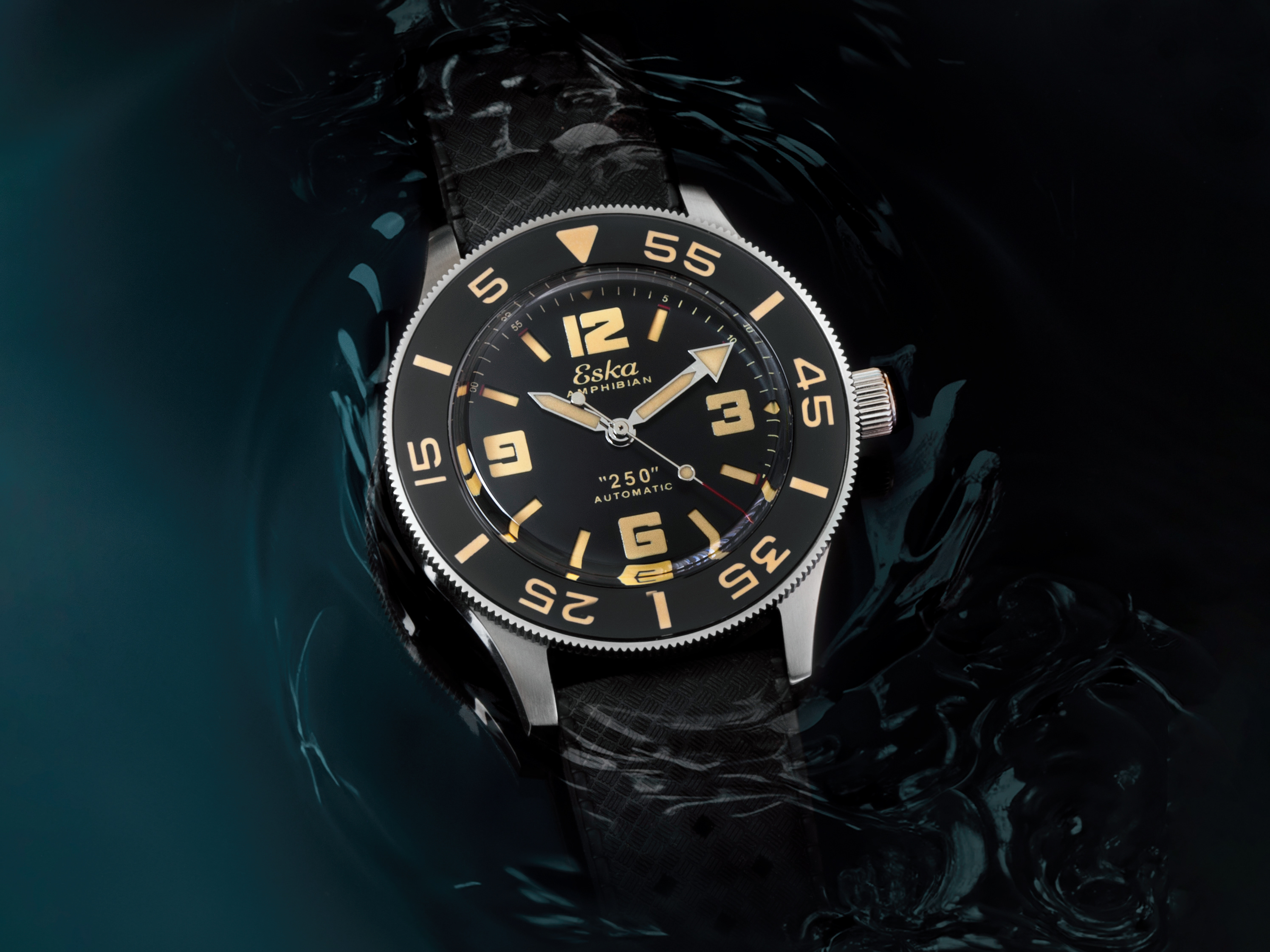Ah, the perplexing quandaries of human existence!
Where do we come from?
What are we?
Is Free Bird the best guitar solo of all times?
Yet amidst these weighty contemplations persists a query that has preoccupied minds for weeks, if not months!!
What, precisely, constitutes art?
Personally, I subscribe to the concept that art is not a natural occurrence but rather a product of deliberate human creation. Art does not exist in Nature.
On the other hand, both the Mona Lisa and a humble screwdriver are products of human ingenuity. Does their common origin necessarily render them both works of art?
Immanuel Kant, the 18th-century german philosopher, shed light on this matter, suggesting that the essence of art lies in the purpose on the moment of creation.
There's even a list of what things can be:
Things can be Useful, like a chair or a watch.
Things can be Beautiful, like a work of art.
And lastly, things can be Sublime. For Kant only nature is capable of the Sublime.
TAG HEUER Monaco chronograph, Ref: CBL2184.FT6236. ©Paulo Pires/Watch Meeting Point
Consider a chair, a hammer or a saxophone — all designed with specific utilitarian purposes in mind.
They are not mere expressions of unfettered creativity; rather, they are bounded by functional imperatives, much like a watch, designed to keep time.
When crafting a watch the aim is clear: to make an object capable of tracking time with a fair amount of accuracy.
But what about a painting for example?
Why on earth would someone create something as useless as a painting or music or a ballet?
Creating something devoid of utilitarian expectations is at the core of any artistic form of expression. The search for Beauty just for the sake of it.
A painting or a sculpture may not satisfy basic needs such as sustenance or warmth, and yet therein lies its allure — the transcendence of mere practicality. This is what Kant called uselessness.
And uselessness will take us to a higher ground as it free us from earthly concerns.
TAG HEUER chronograph X GULF, Ref: CBL2115.FC6494. ©Paulo Pires/Watch Meeting Point
TAG HEUER Chronograph Night Driver, Ref: CBL2181.FC6515. ©Paulo Pires/Watch Meeting Point
Can a watch truly be considered art?
The short answer is no, as its genesis is primarily utilitarian.
However, the Monaco was designed to be more than just an efficiently shaped designed object right from the start. Jack Heuer wanted it to be revolutionary-looking therefore the Monaco has as much of an aesthetic exercise as it does of a horological challenge.
Heuer already had in its catalog the Autavia, launched in 1962, and the Carrera, launched in 1963, both of which would be equipped with the Calibre 11 and presented in 1969. The Monaco was the extra, the useless exercise of design, but out of the three it is clearly the one whose origin will be more linked to an artistic intention precisely because of that.
So, according to this new idea can finally the Monaco be considered a work of art?
Well it has characteristics that can make us say yes but its purpose undermines everything, always limiting it to the concept of Useful because functionality is its ultimate goal.
It's a bitter taste without a doubt but we can't play around with Kantian concepts here! Nobody messes with Immanuel Kant!
Perhaps the provocative actions of Marcel Duchamp in 1917 can provide some hope. Duchamp, the audacious French artist, famously presented a urinal as an objet d'art challenging conventional perceptions of art and introducing the concept of the Object of Art — an ordinary object imbued with unusual aesthetic significance.
Thus, even if a watch may not attain the status of a Work of Art, thanks to Duchamp, it may yet be regarded as an Object of Art and for the Monaco becoming an Object of Art was inevitable.
It beckons as a canvas for the designer, a challenge for the photographer and a source of fascination for the horological enthusiast.
Final note
Immanuel Kant was not a thinker very inclined towards Art and associated concepts. He indeed had a somewhat limited view regarding art. For instance, he did not consider architecture as an art precisely because of its mandatory observance of rules such as ergonomics. Being not a completely free expression of human creation, it could not be art.
However as the brilliant thinker he was, impossible to summarise in a post intended to be humorous, some concepts that may now seem somewhat reductive and even amusing to play with were, in reality, invaluable contributions to the history of the thought on Art.
The term "uselessness" used here is not a pejorative adjective at all; on the contrary, it is the first ingredient of a human creation that is entirely free and, as such, with the potential to achieve the Beautiful.










